Sightseeing Spots
Search Results35
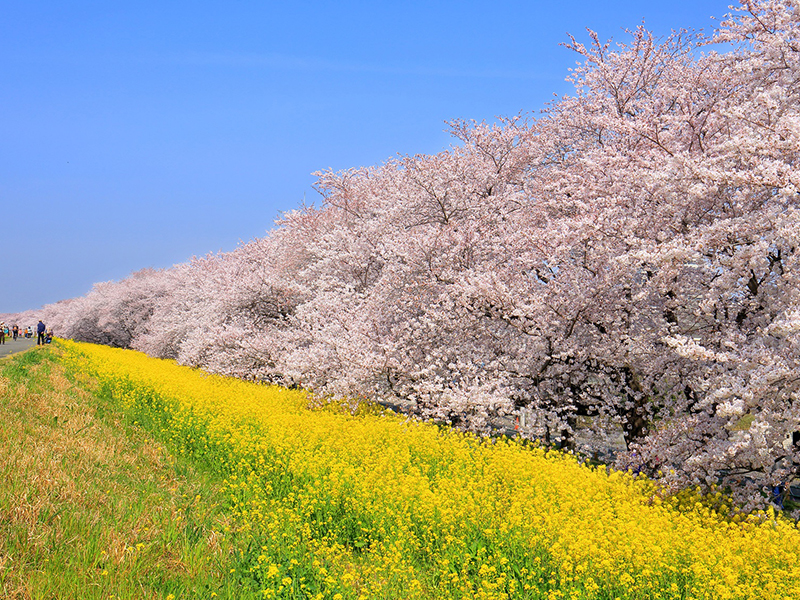
A famous cherry blossom spot since the Edo period (1603-1868) and one of Japan's Top 100 Cherry Blossom Spots chosen by the Japan Cherry Blossom Association. Around 500 Yoshino Cherry Blossom trees bloom in great splendor on a 2 meter stretch of the Arakawa riverbank. During the Kumagaya Cherry Blossom Festival held from late March to early April, revelers can also enjoy nighttime illuminated cherry blossoms.
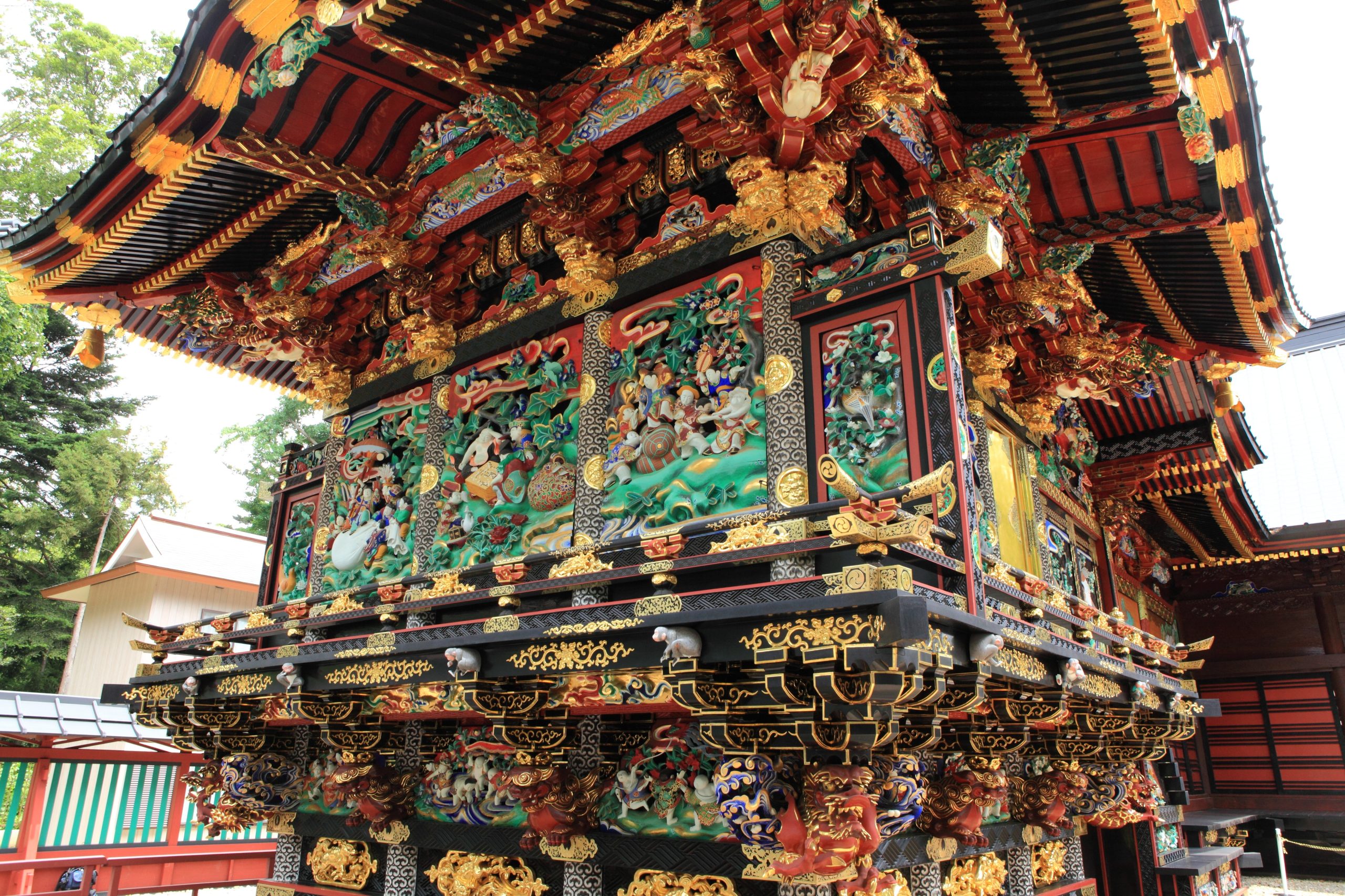
Menuma Shodenzan Kangiin Temple is known as one of Japan’s three holy temples and is said to bring blessings for matrimony, family health, fortune, and scholarly achievements. In 2012, the main sanctuary, “Kangiin Shotendo,” was designated as a national treasure due to its highly skilled carvings, modern decorative architecture and public funding of its construction. Events take place throughout the year, such as the annual grand festival and Setsubun festivals during the spring and autumn.
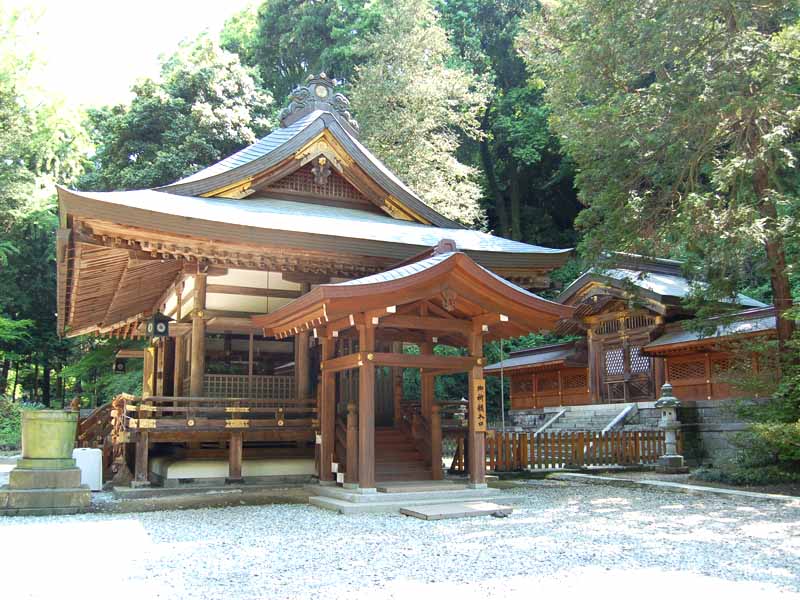
One of the most prestigious shrines in the prefecture, it has no main shrine due to being dedicated to the scared mountain Mt. Omuro, and is one of few shrines that still practice this more ancient form of Shinto belief, the only other two shrines of which are Suwa Grand Shrine in Nagano and Omiwa Shrine in Nara. The shrine is said to have originated when the god Yamato Takeru no Mikoto hid tools for fire starting in Mt. Omuro. The shrine also enshrines the goddess of the sun, Amaterasu Omikami, and the god of sea and storms, Susanoo no Mikoto.
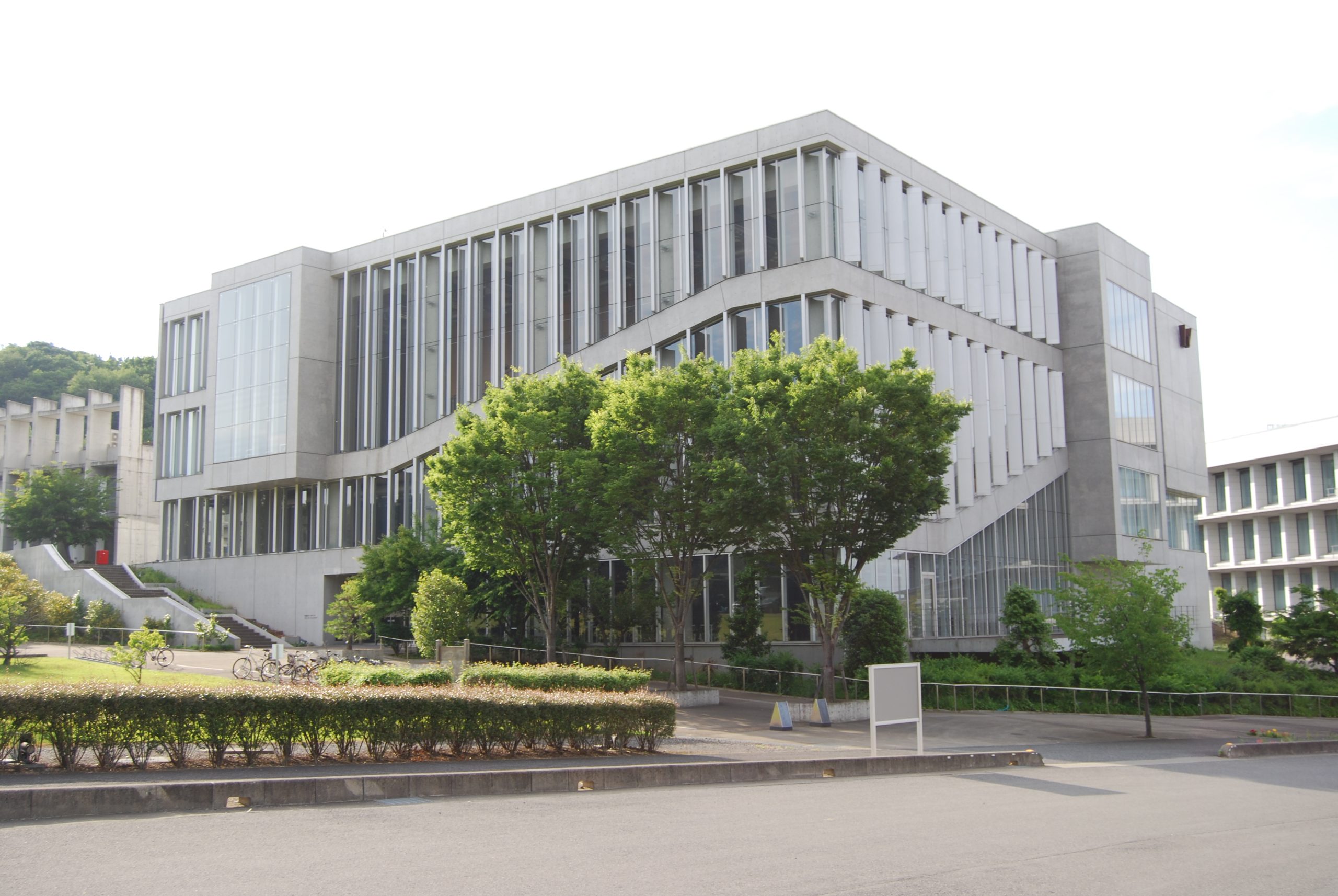
This museum was jointly established by Honjo City and Waseda University. The museum holds archaeological materials from the Paleolithic period through which visitors can trace the history of Honjo City. In addition to artifacts rarely found in Japan, such as the laughing human haniwa (terra-cotta tomb figurine) holding a shield and a completed cast of a small glass ball, visitors can see a variety of valuable materials owned by Waseda University.
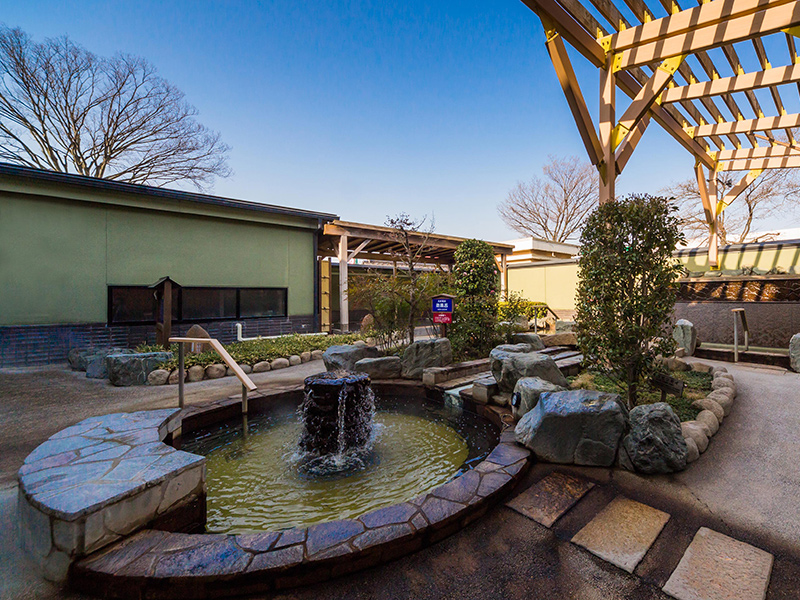
At our hot spring you can enjoy low mineral content water typical of the top hot springs in Japan in a traditional Japanese-style outdoor bath. You can also use the ganban`yoku hot stone bath, reclining chairs, massage machines and the popular free relaxation area. There is even a high-concentration carbonated spring, which garners attention from the medical industry, making our facility the ideal place for a full day of relaxation.
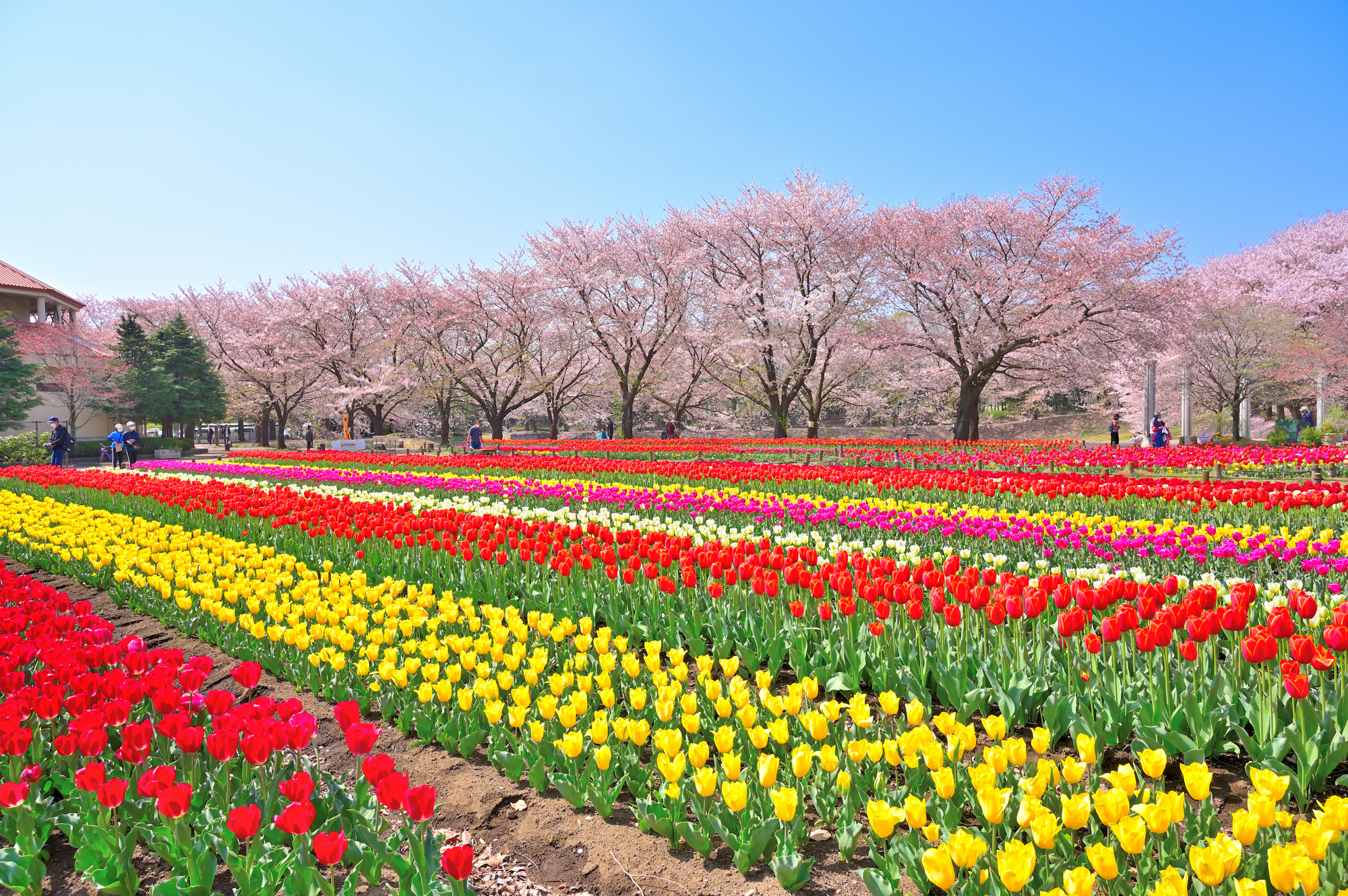
Fukaya Green Park was opened in Fukaya City in July of 1996 as a government-subsidized project of the Ministry of Agriculture aiming to promote agriculture and stabilize and strengthen management, while also contributing to citizens’ health and physical fitness. The park covers an area of 54,000sq m, around the size of Tokyo Dome. It consists of an indoor facility, Paradise Patio (known as “Patio”), and many large and small plazas, such as grass lawn plazas. Patio (area 7,769sq m) is designed after south European and Mediterranean coastal resorts, and features the largest all-weather indoor leisure pool in the north Kanto area. The park’s large flowerbeds (1,157 sq m) filled with flowers are another highlight.
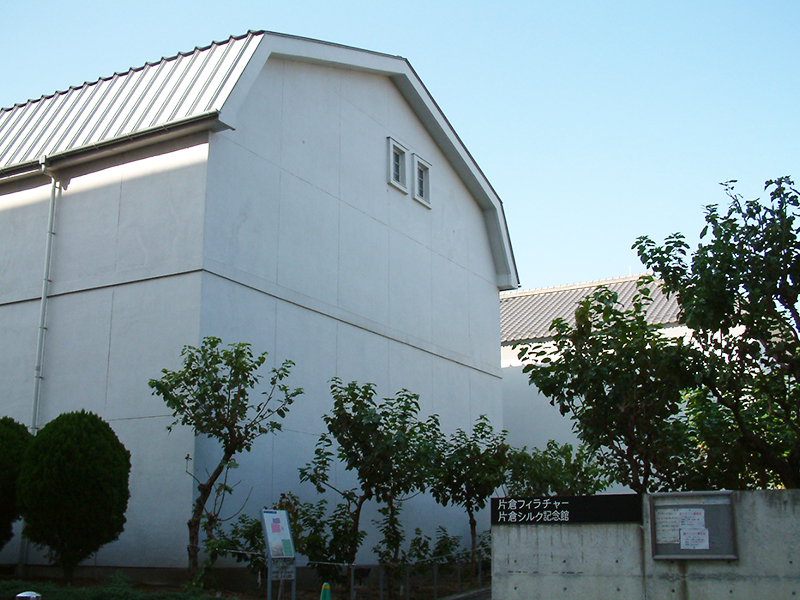
The Katakura Silk Commemorative Museum is built inside of Kumagaya Factory, the cocoon warehouse of the last remaining silk manufacturing plant of Katakura Industries, and is recognized as a Heritage of Industrial Modernization by the Ministry of Economy, Trade, and Industry. To preserve and pass on the company's 121-year history of silk production, the museum displays the machinery used to produce silk at Kumagaya Factory, and visitors can watch the entire process from cocoon to raw silk.
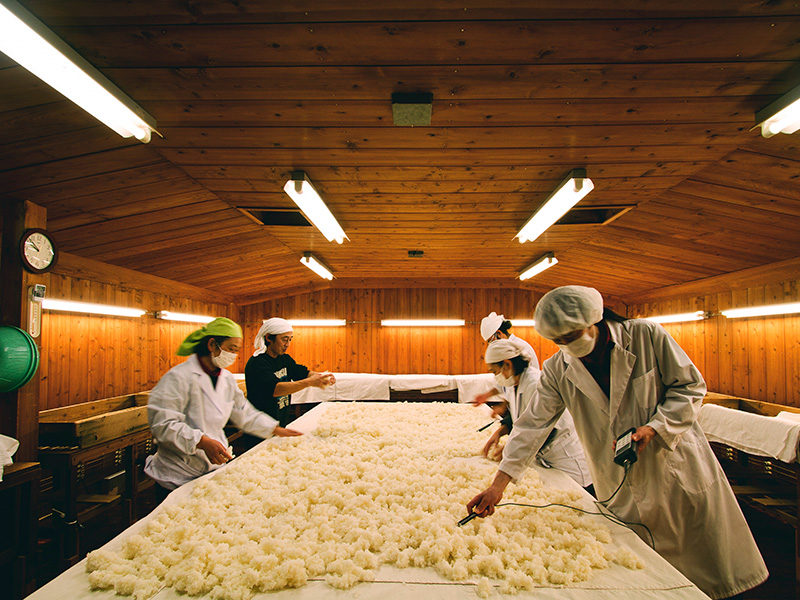
Established during the late Edo Kaei era (1850), Japanese sake, ume liqueur and sake lees are sold at this old-fashioned sake brewery and Taishō period store. Visitors can enjoy a cozy experience that can only be had at a small brewery. If touring the brewery, you will also get a small sake cup as a present. You can taste and compare various alcohols kept at different temperatures, and sake tasting games are also on the menu. Please consult with us regarding the content experience and pricing. Tours are held regardless of the season, but sake is prepared during the winter. There are times when it is difficult to hold tours during the sake preparation season.
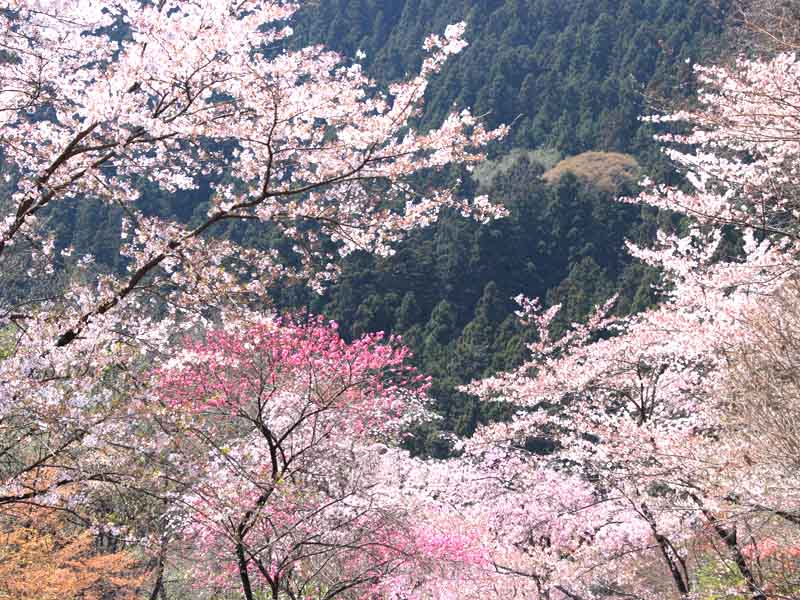
At this park on the Kanto Friendship Trail (Kanto Fureai no Michi), the blooming flowers around the Shimokubo Dam (Lake Kanna), visible from below on the north side, are the delight of many tourists from spring to autumn. In addition, around 600 rare winter cherry trees blooming in the park from late October to early December create a very special atmosphere. There are also campsites, restaurants, souvenir shops, BBQ areas, observation decks, and more. It's the perfect place to enjoy a day of fun with the family!
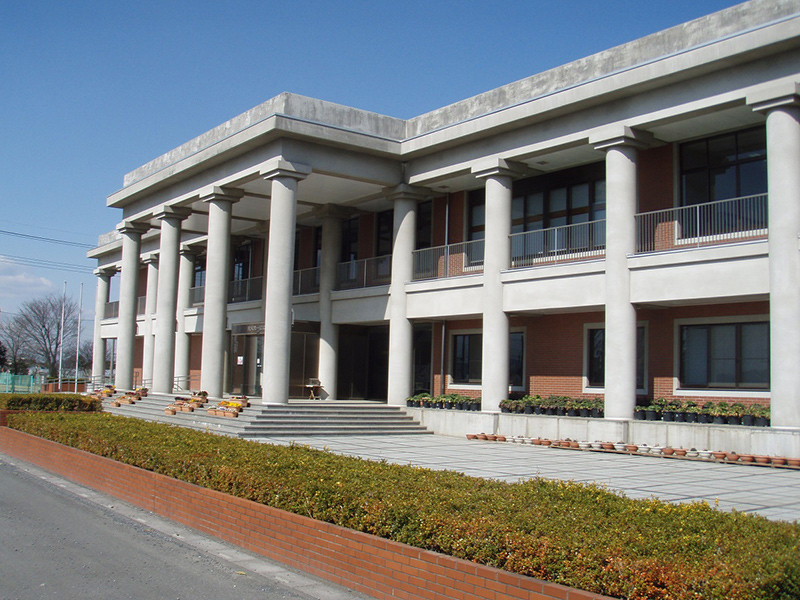
Opened on November 11th, 1995 (the same day and month of Shibusawa Eiichi's passing). In the museum's materials room there is a recording of Eiichi's actual voice and many other ink and photograph materials on display. There is also a bronze statue of Eiichi overlooking his hometown landscape on the north side of the museum.
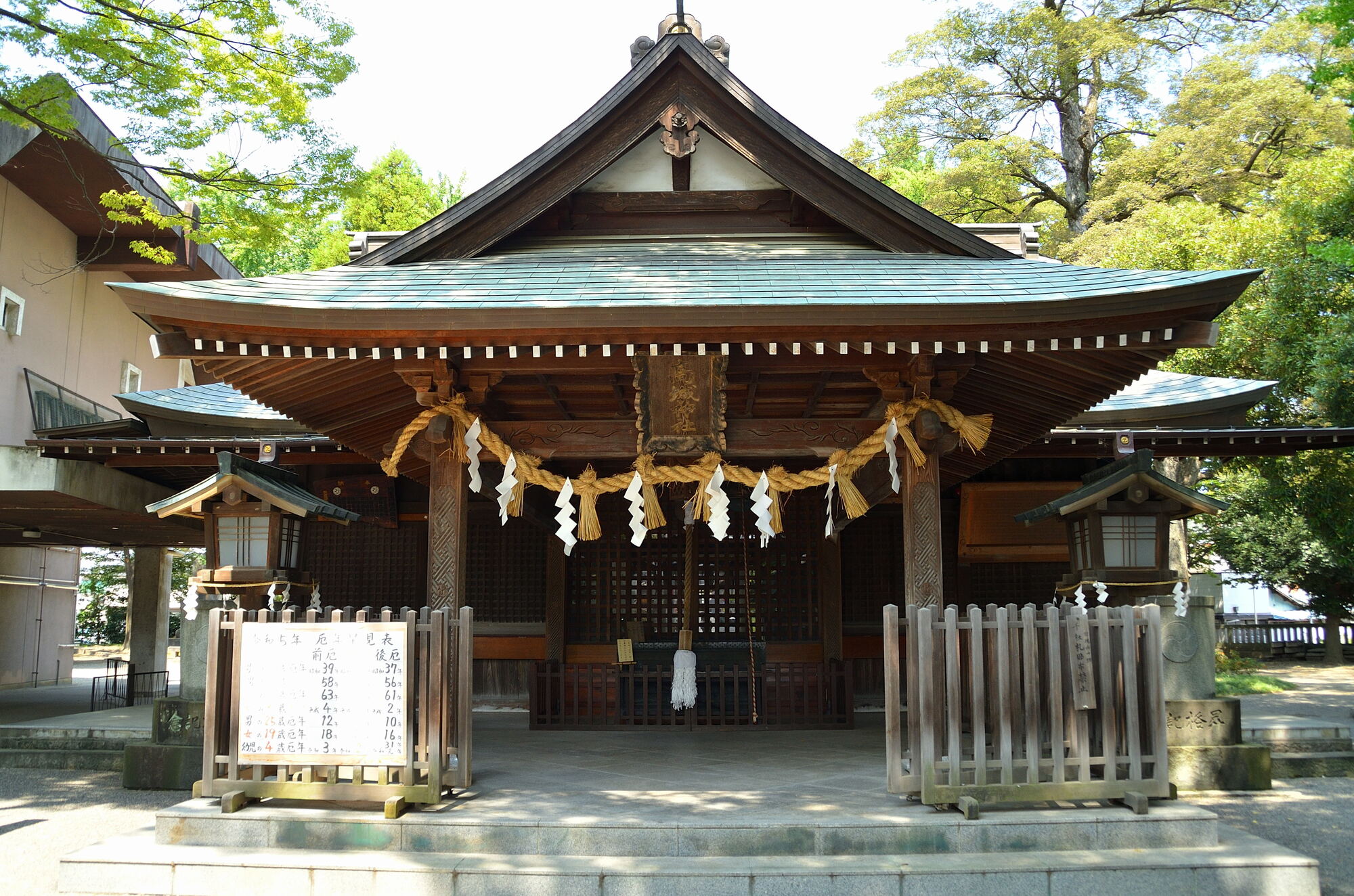
A shrine dedicated to the mythological god of agriculture, Takamimusubi. The shrine was destroyed by fire in 1590, and rebuilt by the lord of Oshi Castle, Abe Masayoshi. Annual festivals are held, such as Setsubun (seasonal division) on February 3rd, Tainai Kuguri (passing through the womb) on June 30th, and Tori no Ichi (Festival of the Rooster) on December 8th.
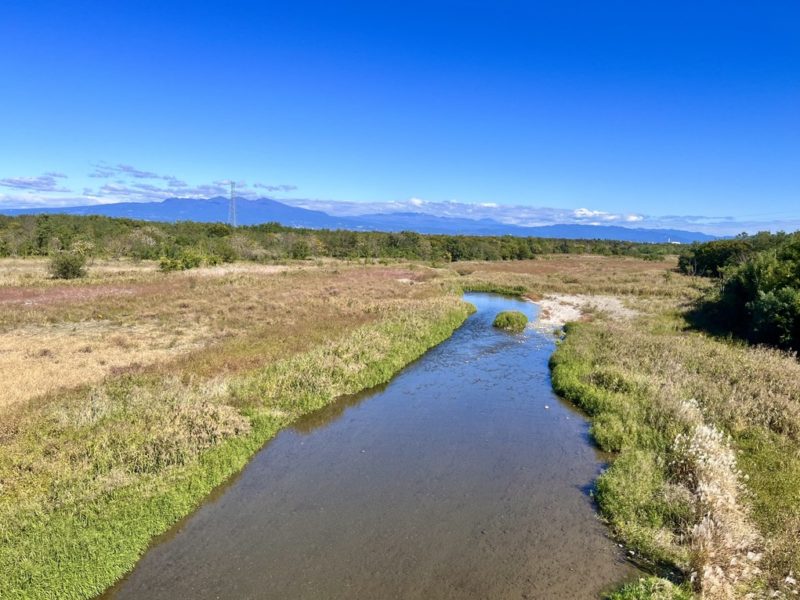
This is the site of the battle of Kanagawa, the largest field battle to have ever taken place in the Kanto region. The fierce battle took place from June 18th to 19th, 1582 on the border between Musashi (Tokyo and Kanagawa) and Ueno (Gunma) along the Kannagawa River. The battle was between Takikawa Kazumasu, lord of Ueno Umabashi Castle, and forces led by Hojo Ujikuni, lord of Musashi Hachigata Castle, and Hojo Ujinao, lord of Odawara Castle. The battle was also known as the “Battle of Kanakubohara" due to being fought in and around Kanakubo and Bisado areas of Kamisato-town.

The Edohigan Sakura tree located in Hachigata Castle Park is a natural town monument. This cherry blossom tree is estimated to be over 150 years old, and flowers bloom beautifully on its umbrella-shaped canopy of branches every year around the end of March. You can also enjoy the evening illuminated cherry blossoms during peak season!
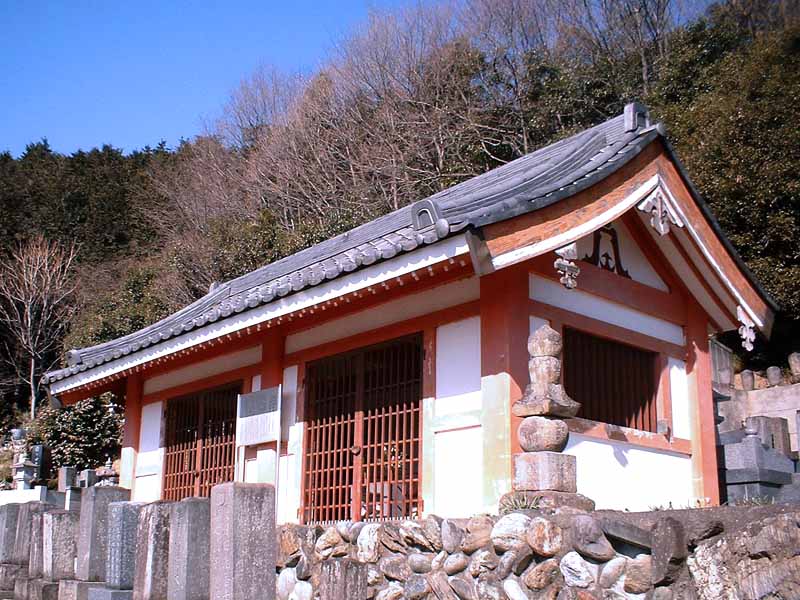
Hachigata Castle is a quintessential castle from the Warring States period and was selected as one of the 100 famous castles of Japan. The castle is said to have been built in 1476 by Nagao Kageharu, a retainer of the Yamanouchi Uesugi clan and leader of the Kanto region, and the castle was later expanded to its current size by the Odawara clan. When the feudal lord Toyotomi Hideyoshi attacked and besieged the castle in 1590, the soldiers inside held out for one month before giving up, surrendering the castle in exchange for their lives. The castle was later demolished and abandoned, but you can still see a large number of ruins that remain largely undisturbed, reminding us of the strong fortress of the past.
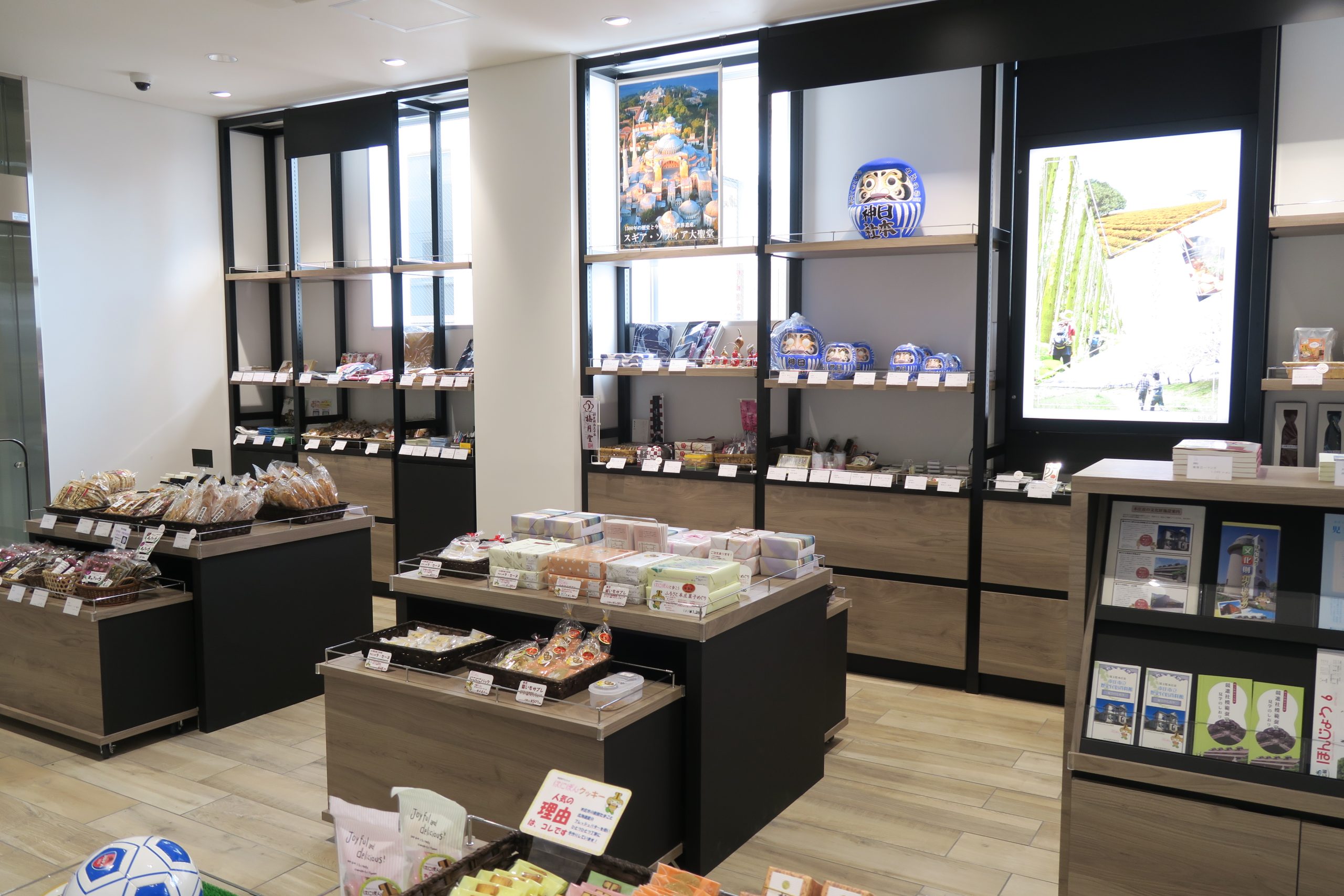
This is a tourist information center located in Honjō Station of JR Takasaki Line. Visitors can obtain tourist pamphlets and information regarding the city and purchase Honjō City’s souvenirs. Sweets and Japanese goods recommended by the Honjō City Tourism Association and Honjō Kasuri silk are also available.
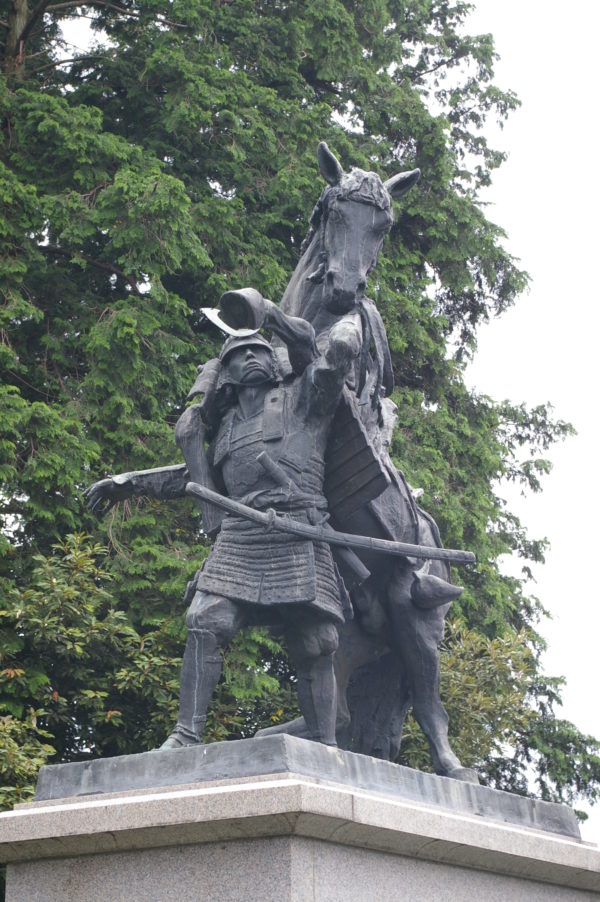
This is the site of Hatakeyama Shigetada's mansion, which is maintained as a park. In the park there is a five-story pagoda, said to be the grave of Shigetada and his vassals, a well said to be where Shigetada had his first bath after birth, and a bronze statue of Shigetada himself.
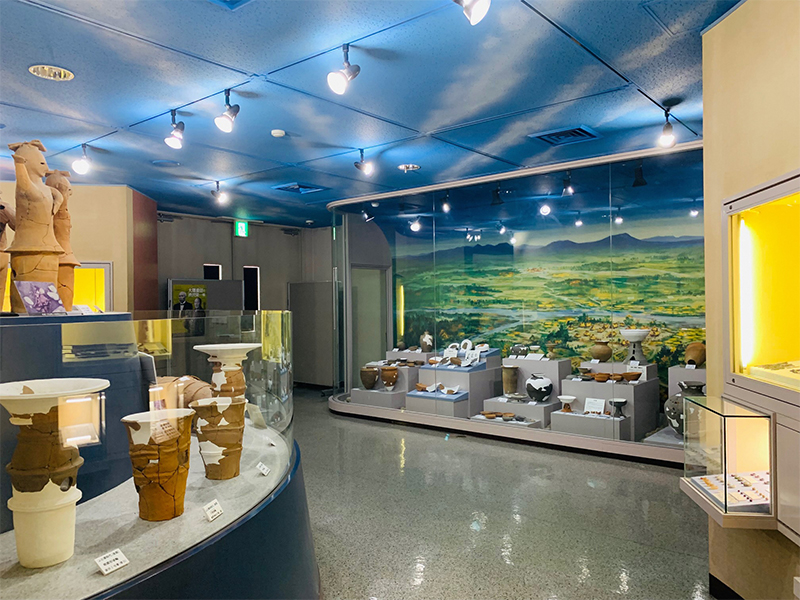
Here you can see the only castanet-playing haniwa (clay figurine) and dancing female haniwa (clay figurine) ever found in Japan! In addition to the many earthenware and stone tools on display, you'll get an introduction to the life of Kiku Nishizaki, the first Japanese female seaplane pilot and great historical figure of Kamisato, who was the model for the heroine of an NHK TV series.
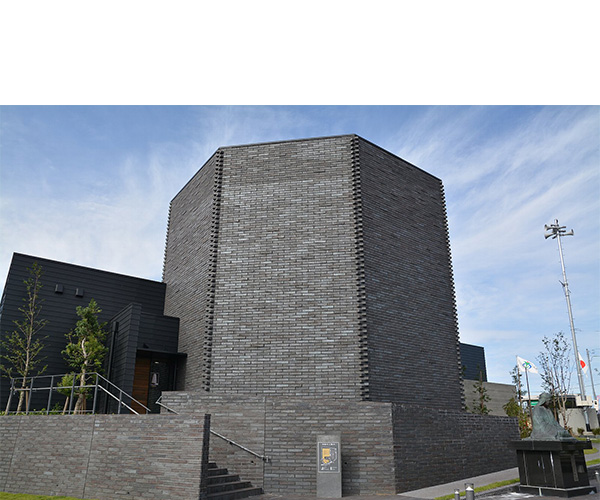
The Hanawa Hokiichi Memorial Museum commemorates Hanawa Hokiichi, a blind scholar of Japanese studies (kokugaku) in the mid-Edo period. Apart from the famous collective title Gunsho Ruijyū and its raw lumber, there are approximately 200 archives on display inside the building. You can see a hand-stitched purse from his mother, a treasured possession he held dear throughout his life, and many other personal articles. The exhibition room also has a section for videos and audio tours.
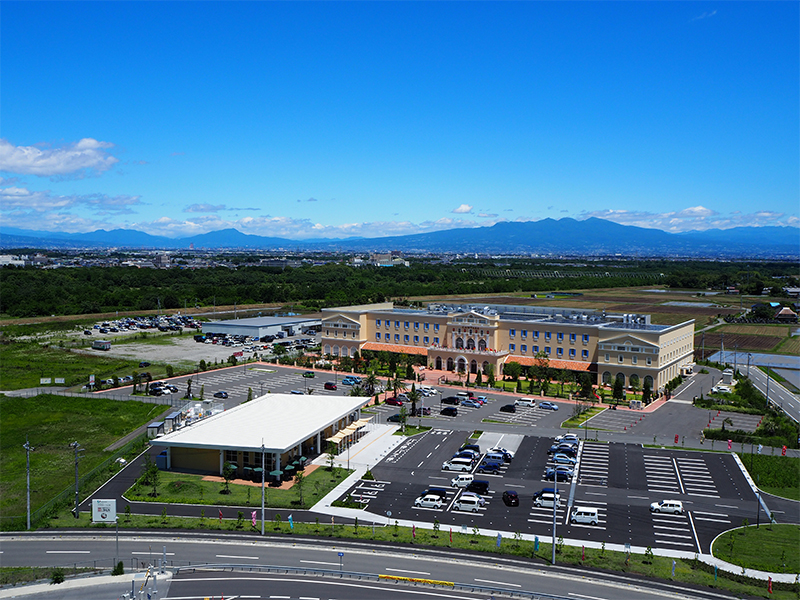
Located right by the Kamisato Smart IC for great accessibility. You can shop for seasonal fruits and vegetables, western and Japanese sweets, and even experience harvesting the fruits and vegetables yourself! Look forward to further developments from Kamisato Town as a center of tourism!
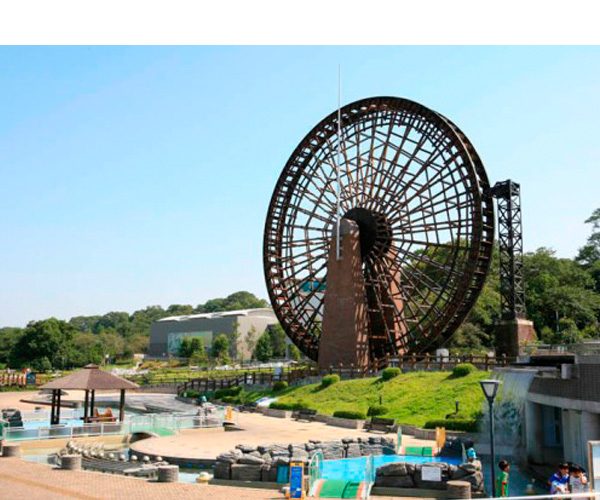
The Saitama Museum of Rivers is an experience-oriented comprehensive museum centering around the Arakawa river with the theme of water and the livelihood of people.
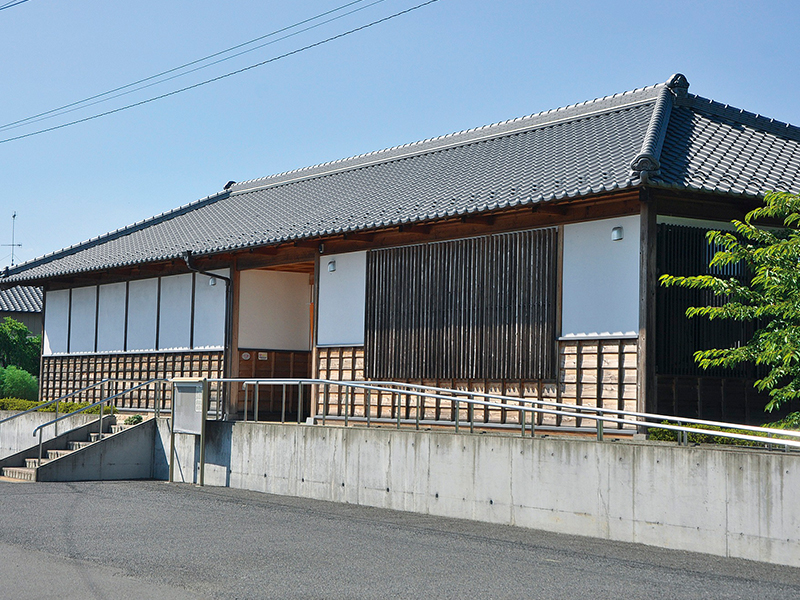
The Kumagaya Municipal Ogino Ginko Museum is dedicated to Ogino Ginko, the first officially licensed female doctor in Japan who passed the medical practice examination in 1885, one of the three great historical figures of Saitama Prefecture. The museum is a Japanese-style building with tiled roof and plastered walls partly covered in wooden siding built to resemble the Nagaya-mon gate of Ginko Ogino's birthplace, and is divided into an exhibition room and a lounge area.
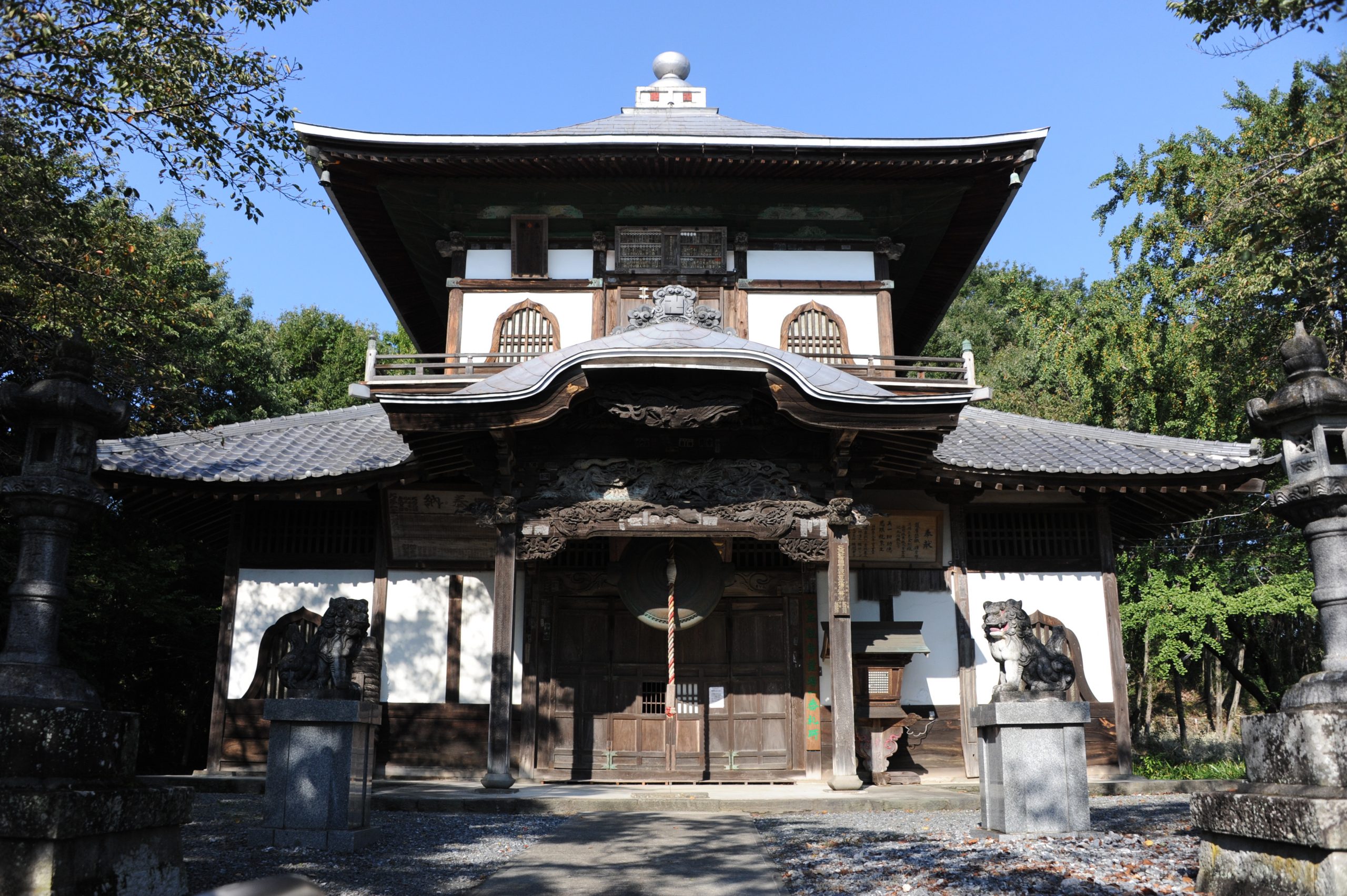
Jōshinin Hyakutai Kannon-dō, commonly called “Sazaedō,” was built to mourn the victims of the great volcanic eruption of Mt. Asama in 1783. The architecture has a rare helical structure with two exterior layers and a three-layer interior spiral corridor, enabling worshippers to practice the Buddhist etiquette of walking around a corridor three times in a clockwise direction (unyosanso). The first layer enshrines the Kannon of the Chichibu Sacred Site No. 34, the second layer enshrines the Kannon of the Bando Sacred Site No. 33, and the third layer enshrines the Kannon of the Saikoku Sacred Site No. 33. The reception desk is located at the Honjo City Tourism and Agriculture Center.
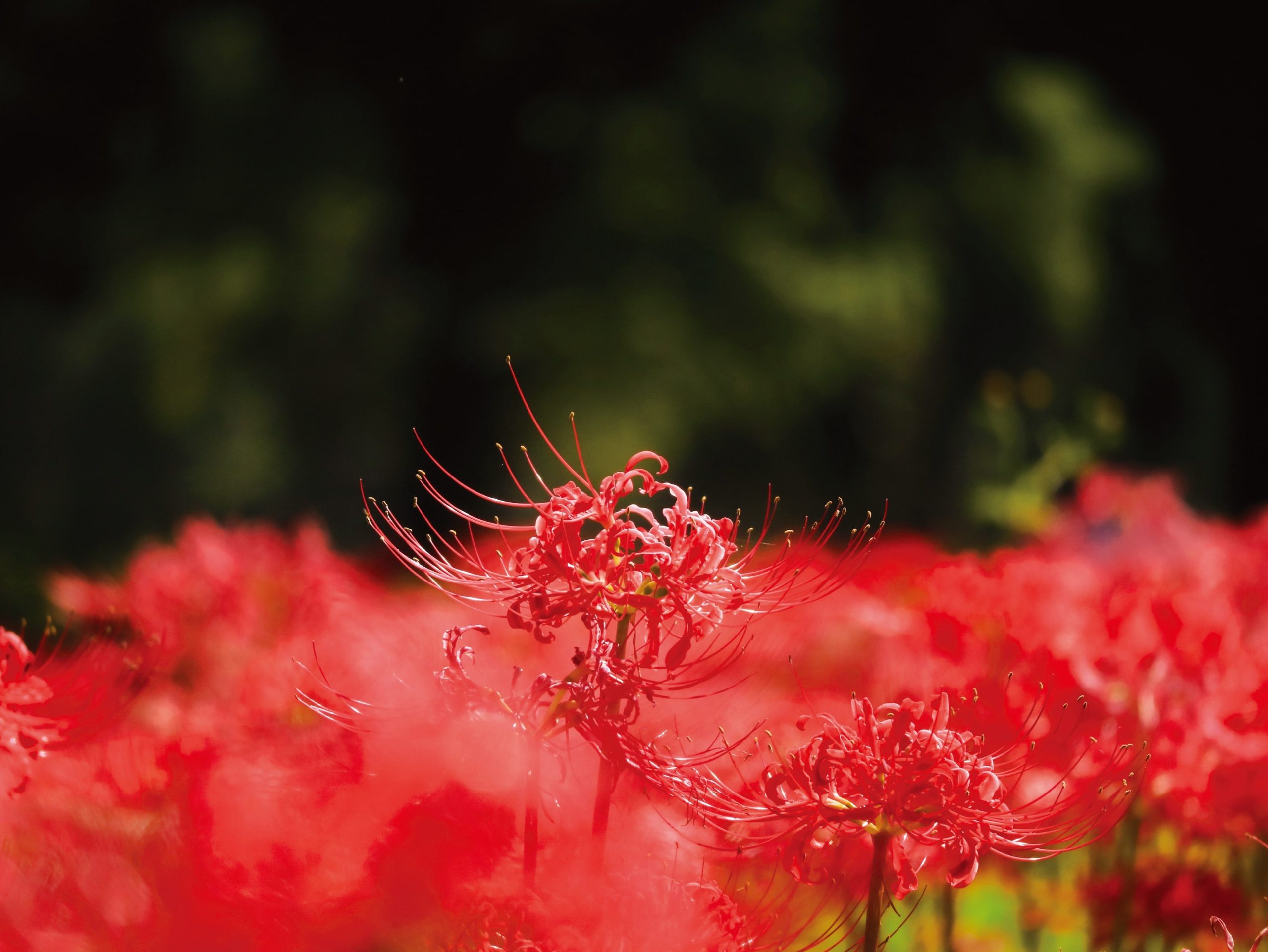
This field of spider lilies was planted on the banks of the Karasu River by local volunteers. The carpet of red flowers blooms along the Karasu River in autumn, with Mt. Haruna and the clear blue sky providing the backdrop for a spectacular view.
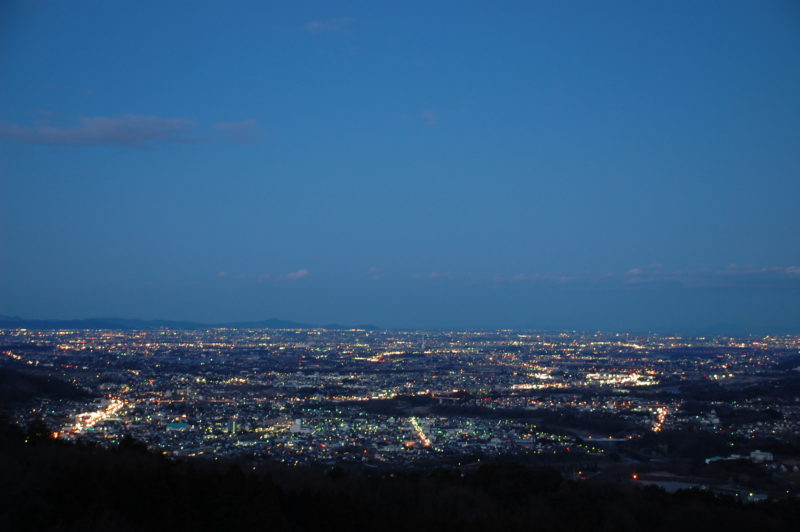
From this observation deck located at 370 meters, you can enjoy a panoramic view of Yorii Town and the glittering skyline at night. In September, this place is popular for observing the seasonal hawk migration.
This site uses cookies to improve the user experience. If you continue to browse, you consent to the use of cookies on this site. Accept
CONTACT
